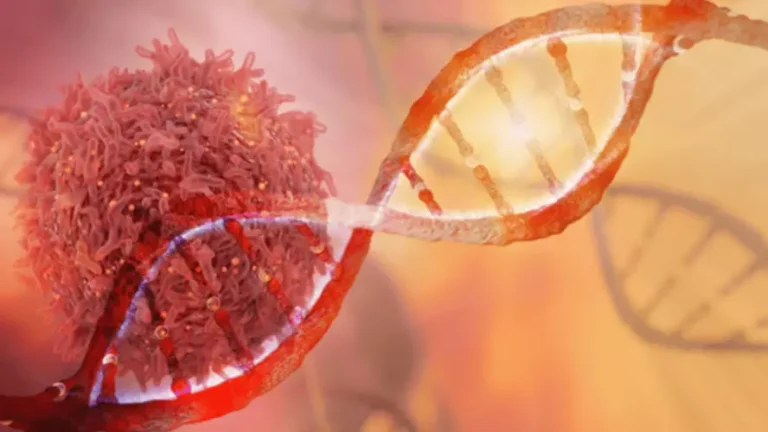
The third study (Petrakis et al. 2012) used an active control (the antidepressant desipramine) and compared it to paroxetine; both antidepressants were equally effective in significantly decreasing PTSD symptoms over time but without a placebo comparison it is difficult to fully interpret these data. Neither of the sertraline studies found ptsd and alcohol abuse the serotonergic antidepressant medications more effective than placebo in decreasing alcohol use outcomes. One study (Petrakis et al. 2012) found that the active control, desipramine, was more effective than the serotonergic medication in terms of alcohol use outcomes. Desipramine (and the other tricylic antidepressants) are considered second line medications by the VA/DoD Clinical Practice Guidelines (The Management of Substance Abuse Use Disorders Working Group 2009).
AUD and PTSD Symptom Clusters

There are treatments https://ecosoberhouse.com/success-story/erics-success-story/ that can help with PTSD and substance use problems at the same time, and VA has programs for Veterans. PTSD is a mental health condition that can occur after witnessing or experiencing a traumatic event. PTSD is characterized by extreme anxiety, flashbacks, nightmares, irritability, isolation, and depression. Importantly, analyses can be conducted on the risk for the exposure to an event among the entire population, and then among those who experienced an event. Social determinants of health for the diagnoses may vary considerably based on likelihood of being exposed to an event or exposure to a substance.
How Common Is Co-occurring PTSD and SUD in Veterans?
- High doses of alcohol produce a characteristic inflammatory response in the brain, including activation of microglia and upregulation of proinflammatory signaling molecules.59 Further, this inflammatory response to alcohol is exacerbated in animals with a history of TBI.
- Therapy, especially trauma-focused therapy, medications, support, and coping mechanisms can help you regain control over your life.
- When patients report mood symptoms, it helps to clarify the possible relationship with alcohol use by asking, for example, about mood symptoms prior to starting alcohol use and on extended periods of abstinence.
- Despite the contradictory results, this review suggests that individuals with AUD and comorbid PTSD can safely be prescribed medications used in non-comorbid populations and patients improve with treatment.
- Second, AUD may undermine a person’s psychological mechanisms to cope with traumatic events, by disrupting arousal, sleep, and cognition, thus increasing the likelihood of developing PTSD.
One way to differentiate PTSD from autonomic hyperactivity caused by alcohol withdrawal is to ask whether the patient has distinct physiological reactions to things that resemble the traumatic event. As shown in the schematic, AUD and other mental health disorders occur across a spectrum from lower to higher levels of severity. For patients in the middle, with up to a moderate level of severity of AUD or the psychiatric disorder or both, a decision to refer should be based on the level of comfort and clinical judgment of the provider. Alcohol use disorder (AUD) often co-occurs with other mental health disorders, either simultaneously or sequentially.1 The prevalence of anxiety, depression, and other psychiatric disorders is much higher among persons with AUD compared to the general population. There is a small but growing literature of pharmacotherapies to treat AUD with comorbid PTSD.
- A good treatment program will design a program tailored to your individual needs.
- Many people with complex PTSD use alcohol to self-medicate, which may lead to alcohol use disorder (AUD).
- In a large sample of over 19,000 participants, prevalence rates of AUD, PTSD, as well as comorbid AUD/PTSD were found to be significantly higher in AIAN participants as compared to NHW participants.
- The conclusions from this review suggest that there is not one agent that has clear evidence of efficacy in this comorbid group.
Alcohol and Cialis: Risks, Side Effects & Treatment
High doses of alcohol produce a characteristic inflammatory response in the brain, including activation of microglia and upregulation of proinflammatory signaling molecules.59 Further, this inflammatory response to alcohol is exacerbated in animals with a history of TBI. It’s common for people to increase their drinking after experiencing a traumatic event. Research has found that anywhere from 28 to 85 percent of people with PTSD will also experience alcohol use disorder (AUD) at some point, with the higher end of estimates coming from veterans seeking medical treatment.Problem drinking tends to be more common after experiencing a traumatic event when the person also has other health problems. Post-traumatic stress disorder (PTSD) and alcohol use too often go hand-in-hand. One can cause or increase the risk for the other, leading to a destructive cycle. Many additional problems arise when someone with PTSD drinks, from worsening symptoms to less effective treatment.

Two OEF/OIF veterans received VALOR therapy in two separate case studies.49 These veterans greatly reduced their alcohol use at the start of treatment or shortly before beginning the treatment, and their PTSD symptoms substantially decreased over the course of treatment. The VA/DOD Clinical Practice Guideline for the Management of Substance Use Disorders recommends using psychotherapy and pharmacotherapy treatments for AUD.38 Recommended psychotherapies include cognitive behavioral therapy, behavioral couples therapy, community reinforcement, motivational enhancement therapy, and 12-step facilitation. Recommended pharmacotherapies include acamprosate, disulfiram, naltrexone, and topiramate. Treatment availability and patient preferences are considerations when selecting a treatment. Finally, individual preference is a critical consideration when matching people with treatment modalities.
- In the DSM-5, the terms “alcohol dependence” and “alcohol abuse” were removed, and the two separate diagnoses were replaced with one diagnosis—AUD.7 The DSM-5 lists 11 symptoms for the disorder, and an AUD diagnosis now has levels of severity based on the number of symptoms presented.
- We are unable to confirm the accuracy of recall of past adverse events and other forms of reporting bias as several of the variables were constructed from personally sensitive self-report data.
- Despite being allocated to distinct groups, women, hospital inpatients, and participants with refugee backgrounds (all women) were underrepresented in the sample.
- To begin, two systematic reviews discuss the current state of behavioral (Simpson et al., 2017) and pharmacological (Petrakis & Simpson, 2017) treatments for comorbid AUD/PTSD.

